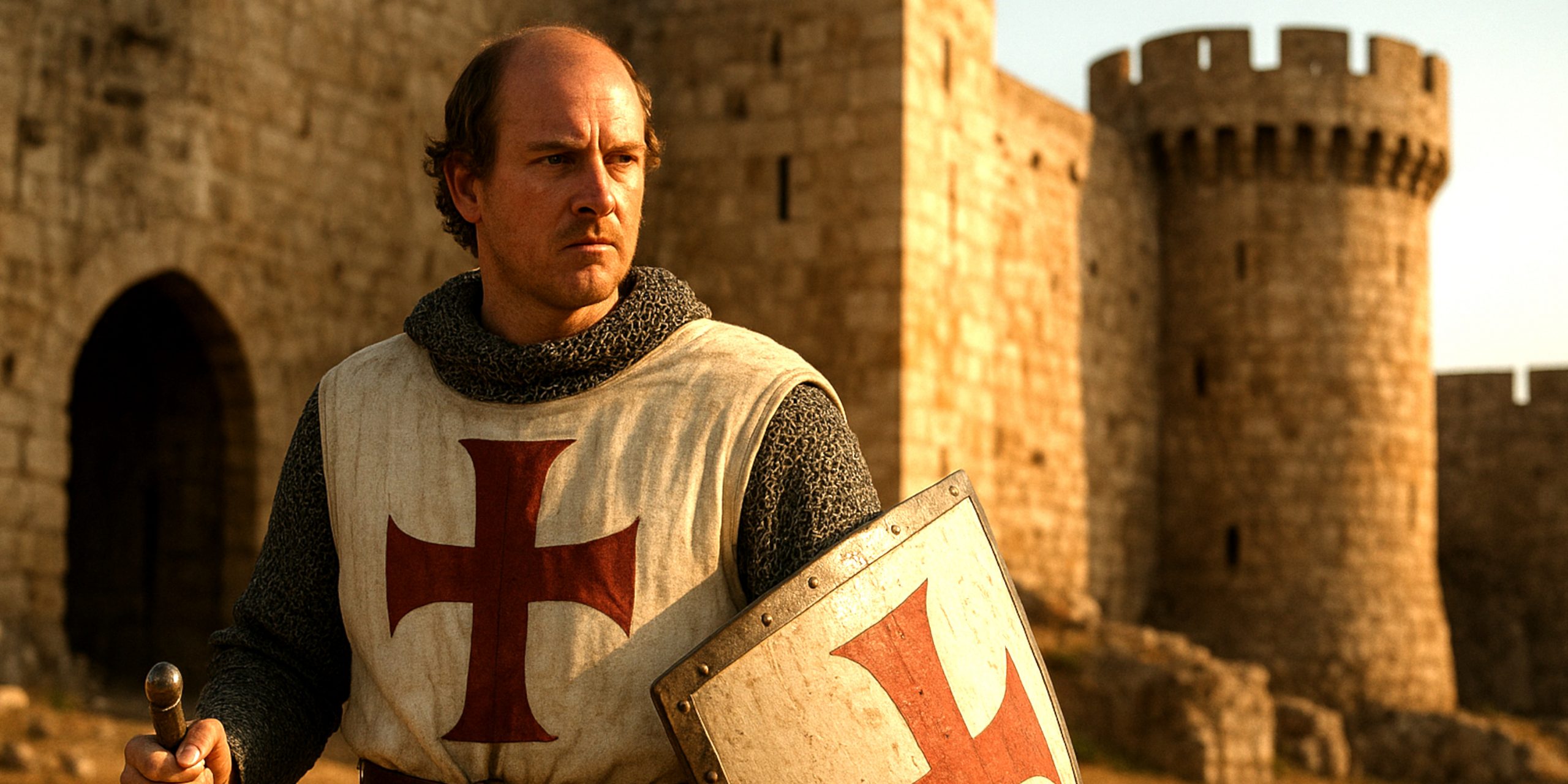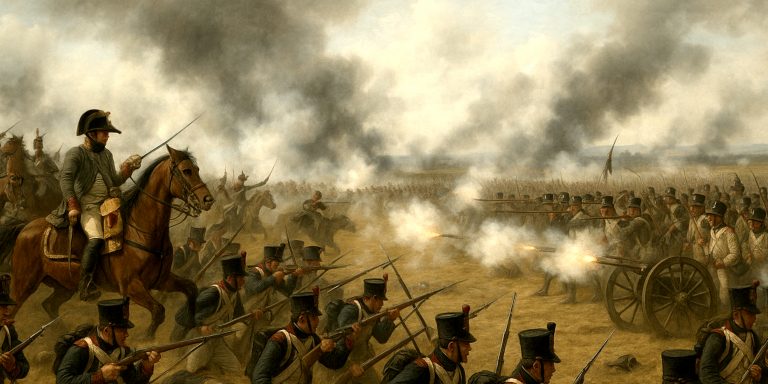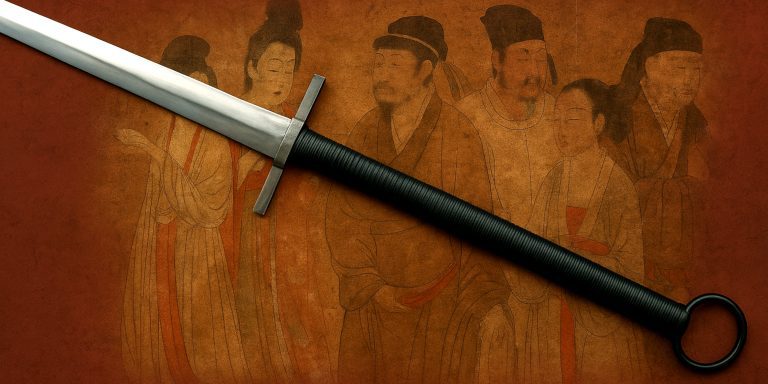
Baldwin III is one of those rulers who deserves far more attention than he usually gets. His reign sat at a crossroads for the Latin East, caught between its early triumphs and its long decline. What remains of him in the sources paints a picture of a thoughtful, sometimes stubborn king who learned the limits of power the hard way. He matured in the shadow of forceful personalities, then stepped out from under them and tried to rebuild a realm already fraying at the edges. Looking at him as a historian, I find him compelling because he is neither the triumphant crusader of romantic imagination nor the hapless monarch of later caricature. Instead, he reads like a determined and intelligent young man trying to hold together a kingdom that was always more fragile than it looked on a map.
Below is what we can reasonably say about him.
Early Life and Rise to the Throne
Baldwin III was born in 1130, the son of Fulk of Anjou and Melisende of Jerusalem. His father died when Baldwin was still a child, leaving him co-ruler with his mother. This dual monarchy created the sort of constitutional friction that historians adore, because the Latin Kingdom had no long tradition of defining exactly how such power should be shared. Melisende was politically astute, respected by the nobles and the Church. Baldwin grew into an ambitious young man who believed he had the right to rule in fact, not just in name.
The resulting tension led to periodic standoffs. The most dramatic came in 1152 when Baldwin asserted his authority, marched on Jerusalem, and effectively forced a settlement that divided the kingdom between mother and son. It was an uncomfortable compromise on paper but it put Baldwin in a position to show he was more than a prince bristling under his mother’s authority.
Arms and Armour
Baldwin III lived during a transitional period in crusader warfare. The equipment of the Latin knights had begun to adapt to Near Eastern conditions, yet still retained its Western core.
Arms
- Arming sword. A straight, double edged weapon suited to both cutting and thrusting. Surviving examples from the mid twelfth century often fall within Oakeshott Types X to XII.
- Spear or lance. Essential for shock combat, particularly in the heavy cavalry charges that defined crusader tactics.
- Dagger or misericord. A backup weapon for close work.
- Bow. Baldwin was noted, at least by later chroniclers, for some skill with the bow, although this is likely more a comment on royal versatility than a battlefield habit.
Armour
- Hauberk of mail covering torso, arms and often extending to the knees. Crusader mail at this time was usually riveted iron rings stitched over a gambeson.
- Coif or hood of mail that could be worn under a helmet.
- Helm. By Baldwin’s adulthood, the conical helmet with a nasal guard was gradually giving way to a more enclosed great helm, though the older type remained common due to the heat.
- Shield. Typically a long kite shield in his youth, shifting toward a shorter, more manageable heater shape by mid century.
As a king, Baldwin would have had access to the best armourers the kingdom could afford, whether from local workshops in Jerusalem or from imported European craftsmen. His equipment would have been of the highest quality available to a crusader monarch.
Battles and Military Acumen
Baldwin’s military reputation tends to rest on two qualities: a willingness to learn and a talent for measured decision making. He lacked the flamboyance of later crusader leaders but gained more strategic sense than many of them.
The Victory at Ascalon (1153)
His greatest success came at the siege of Ascalon. The city had long been a thorn in the side of the kingdom due to its position on the Egyptian frontier. Baldwin oversaw a protracted operation that combined naval support, siege towers, mining and persistent pressure. The fall of Ascalon was a major achievement. It opened the coast, improved security and gave the kingdom a valuable port. It also proved that Baldwin could lead a significant campaign from start to finish.
The Growing Threat of Nur ad Din
After Ascalon, Baldwin turned his attention north. Antioch and the County of Tripoli were struggling against the increasingly unified forces of Nur ad Din. Baldwin campaigned in Syria and attempted to stabilise the region, but success was limited. The Latin states were suffering from fragmented leadership and the loss of key fortresses. Baldwin’s efforts showed understanding of the larger strategic picture but resources were never quite enough.
Campaigns in Egypt
Late in his reign, Baldwin involved himself in early crusader attention toward Egypt. These expeditions were complicated, politically messy and usually inconclusive. They do, however, reveal a king willing to think beyond the habitual borders of the kingdom. He understood that the future of the crusader states would hinge on neutralising either Syria or Egypt. He simply did not live long enough to see these ambitions through.
Where to See Artifacts from His Reign
You will not find direct personal items of Baldwin III preserved with certainty. The ravages of Saladin’s conquest, political collapses, looting and the general fragility of twelfth century material culture mean that almost nothing survives that can be tied to him as an individual. What you can see are artefacts and architectural remains from his era.
- Church of the Holy Sepulchre, Jerusalem. The reconstruction work of the mid twelfth century reflects the aesthetic and religious ambitions of Baldwin’s period.
- Citadel of Jerusalem. Elements of the fortifications date to his reign or shortly before. They give a sense of the world he inhabited.
- Acre and its archaeology. Although most surviving structures are later, deeper layers reflect the urban life of Baldwin’s kingdom.
- Royal charters preserved in European archives. These provide glimpses of his administrative style. Some are held in Paris, London and Vatican collections.
Latest Archaeology and Scholarship
Modern archaeology in the Levant continues to refine our understanding of the twelfth century crusader states.
Recent work includes:
- excavations near the Tower of David that have clarified the layout of the twelfth century citadel.
- studies of crusader mail and weapon fragments recovered from sites around Jerusalem, providing insight into workmanship and battlefield repairs.
- analysis of settlement patterns around Ascalon and the coastal plain, showing how population shifts occurred after the 1153 conquest.
- ongoing digs at Montfort and other crusader castles, which although later, help contextualise the evolution of fortification philosophy that began in Baldwin’s time.
What emerges from this research is a more nuanced kingdom. Baldwin ruled a society that blended Western, Eastern Christian and Islamic influences. Material finds increasingly confirm that crusader Jerusalem was not isolated but deeply entangled with the wider region.
Final Thoughts as a Historian
Baldwin III strikes me as a king shaped by the pressures of his environment rather than by personal ambition alone. He inherited a fragile state, co-ruled with a mother who was far from passive, and learned how to wield authority in a kingdom where almost every noble had strategic value. His victories were hard fought and his failures rarely due to lack of insight. He comes across as intelligent, disciplined and uncomfortably aware that time was not on the side of his kingdom.
Had he lived longer, the history of the Latin East might have taken a slightly different path. He had begun forming alliances, reshaping borders and thinking in terms of decades rather than seasons. His early death in 1163 left the work unfinished, and the kingdom soon fell into the hands of a generation less prepared for the storms gathering beyond its horizons.
Baldwin III deserves to be remembered not simply for what he achieved but for the sense of responsibility that pervades his short reign. He ruled with a clear understanding that Jerusalem was more than a crown. It was a promise, and he spent every year trying to keep it.
Watch the documentary:



